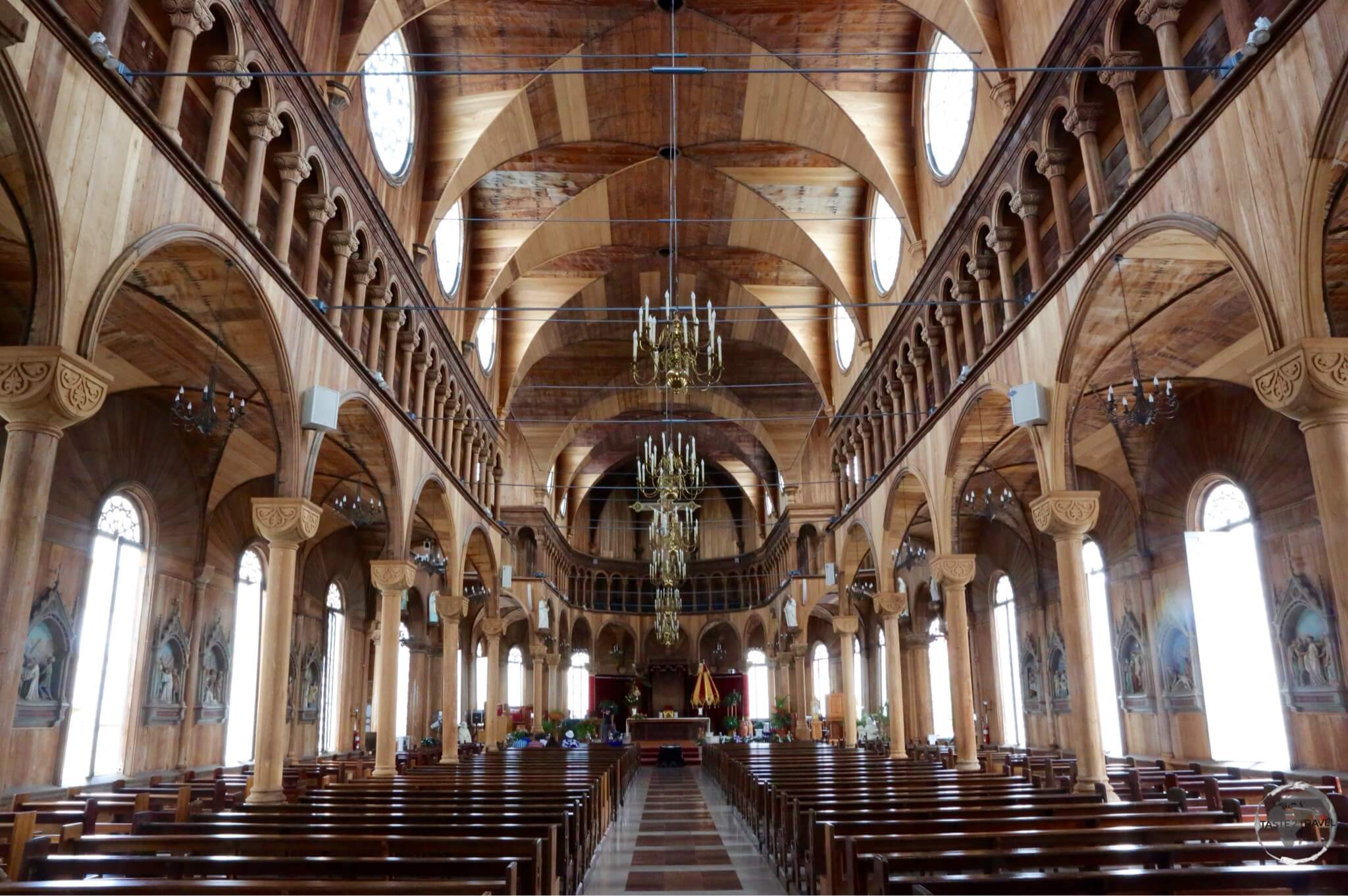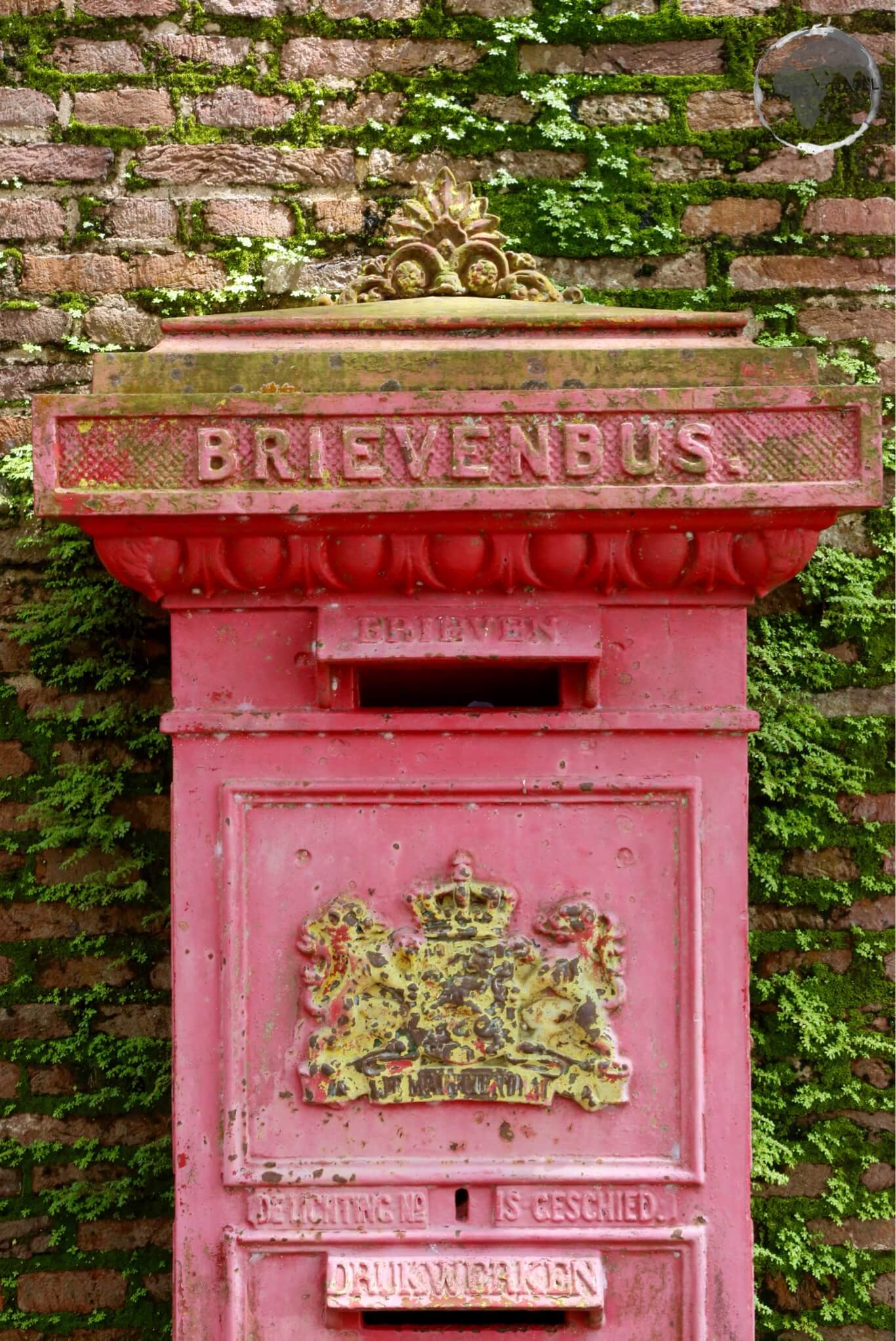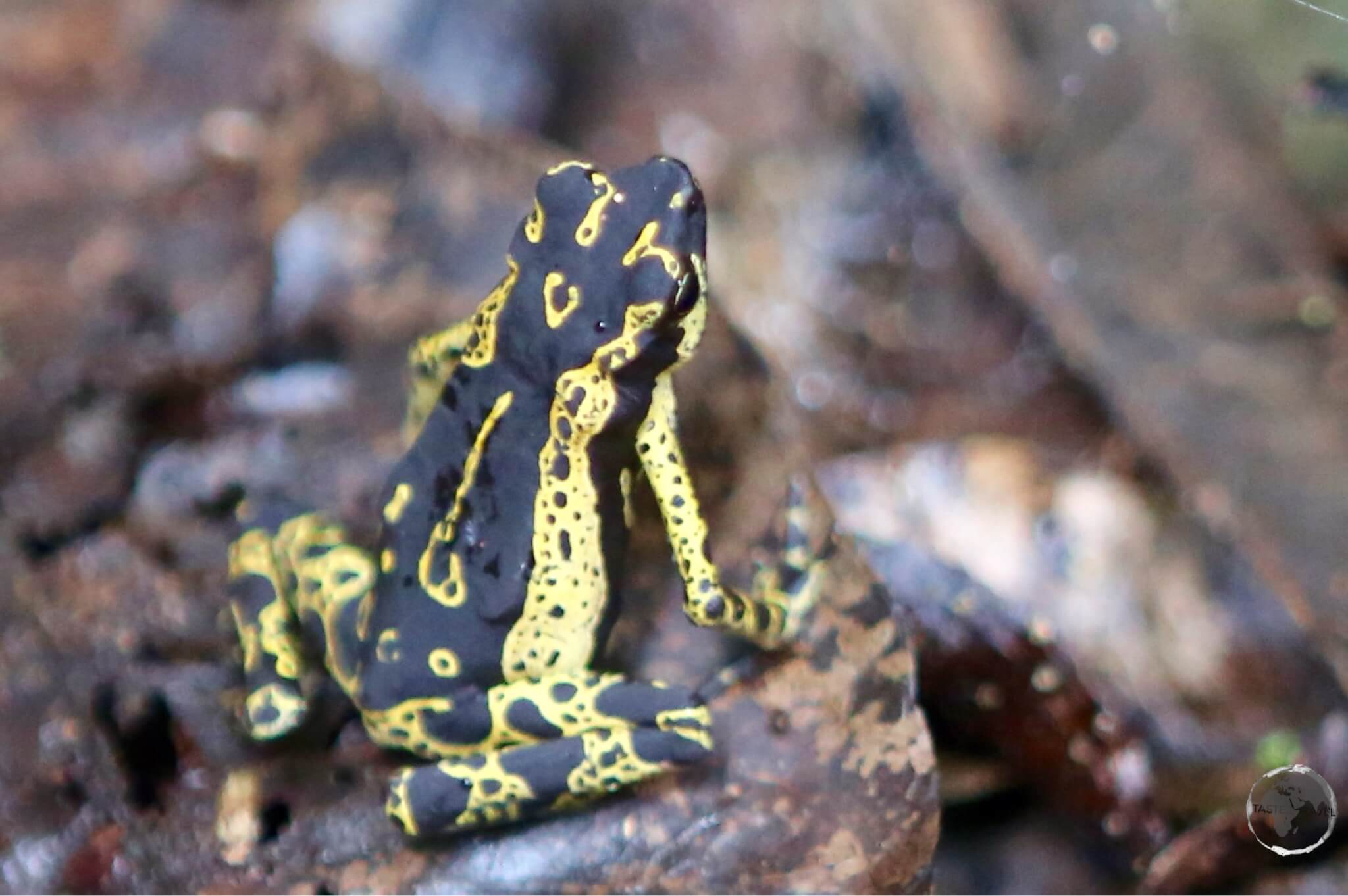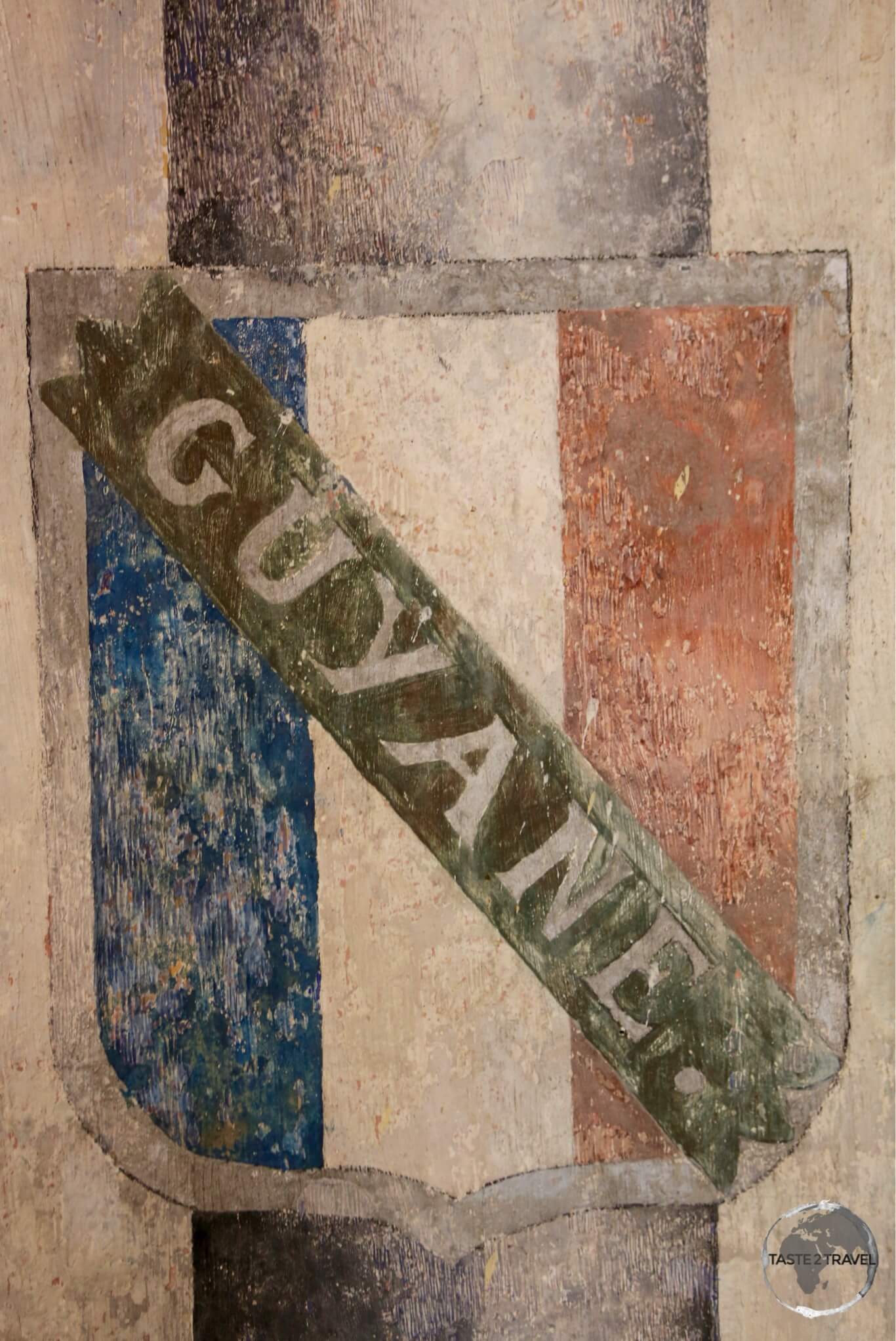Suriname Travel Guide
Welcome to the taste2travel Suriname Travel Guide!
Date of Visit: January 2015
Introduction
At 163,820 square km, Suriname is the smallest country in South America. Despite its size, Suriname is one of the most ethnically diverse countries in the region, with a population (576,000) comprised of descendants of African slaves, Dutch and British colonialists, Indian, Indonesian and Chinese indentured laborers and indigenous Amerindians.
The pulsating heart of the country is the capital, Paramaribo, a city loaded with lots of gorgeous Dutch-style architecture. The streets of the photogenic old town, which is a UNESCO-listed World Heritage Site, are lined with wooden buildings which would look more at home in The Netherlands rather than on the edge of a steamy jungle in South America. Grassy squares, parks and an old Dutch-built fort complete the picture-perfect setting.
In between sightseeing, the restaurants in the old town offer a plethora of cuisines which reflect the ethnic diversity of the country. The local brew, Parbo beer, is brewed by Heineken and, in my opinion, tastes even better! A great way to unwind after a day of sweaty exploration.
Away from the capital, the jungles of Amazonia are a short drive, with the excellent Brownsberg National Park (see ‘Sightseeing’ below) offering great hiking and the chance to spot some highly toxic frogs!
Location
Located on the remote north-eastern coast of South America, Suriname is bordered by French Guiana to the east, Guyana to the west and Brazil to the south. It is one of the three Guiana’s.
The bulk of the small land area is occupied by dense jungle, the northern extreme of the vast Amazon system. Almost all of the population can be found along the coast, while the sparsely populated interior is home to small Amerindian communities who are the original inhabitants of the region.
History
Originally inhabited by indigenous tribes, Suriname was explored and contested by European powers before coming under Dutch rule in the late 17th century. In 1975 Suriname declared independence from the Netherlands. It is the only officially Dutch speaking country in South America.
Suriname is culturally considered to be a Caribbean country, and is a member of the Caribbean Community (CARICOM).

Historic Dutch church in Paramaribo.
People
The people of Suriname are among the most diverse in the world, spanning a multitude of ethnic, religious, and linguistic groups. As a plantation colony, Suriname was heavily dependent on manual labour, and after the abolition of slavery, there was a requirement to import labourers to make up for the labour shortfall.

The colourful Arya Dewaker Hindu temple, Meerzorg, Paramaribo.
The Dutch brought in contract labourers from the Dutch East Indies (modern Indonesia) and India (through an arrangement with the British). In addition, during the late 19th and early 20th centuries, small numbers of labourers were brought in from China and the Middle East.

The biggest mosque in the country is located on the Keizerstraat in Paramaribo.
The official spelling of the country’s English name was changed from “Surinam” to “Suriname” in January 1978, but “Surinam” can still be found in English. A notable example is Suriname’s national airline, Surinam Airways.
Flag

The flag of Suriname.
Adopted on the 25th of November 1975, upon the independence of Suriname, the flag is formed by five horizontal bands of green (top, double width), white, red (quadruple width), white, and green (double width). There is a large, yellow, five-pointed star cantered in the red band.
The star represents the unity of all ethnic groups, the red stripe stands for progress and love, the green for hope and fertility, and the white bands for peace and justice.
Currency

The Surinamese dollar.
The Surinamese dollar (Sr$) is the official currency of Suriname, trading under the international code of SRD.
Bank notes are issued by the Central Bank of Suriname in denominations of 5, 10, 20, 50, 100 dollars. The dollar is divided into 100 cents, with coins issued in denominations of 1, 5, 10, 25, 100, 250 cents.
The current exchange rate against the US dollar is:
US$1 = SR$14.5
You can check the current exchange rate here.
Paramaribo
Located on the banks of the Suriname River, near its outlet to the Atlantic ocean, Paramaribo is the capital and largest city of Suriname. The city has a population of roughly 240,000 people, almost half of Suriname’s population.
I arrived in Paramaribo from the border town of Albina. The city is very much the focal point of the country. The historical, Dutch-built, old town has been a UNESCO World Heritage Site since 2002.

The wooden interior of St. Peter and St. Paul Basilica in Paramaribo.
The city centre is both grand and charming, containing beautiful colonial Dutch-style buildings arranged around grassy squares and streets. Most of the buildings have been restored but some are still in need of renovation and, apparently, UNESCO have threatened in the past to remove the World Heritage listing if the buildings aren’t maintained.

Dutch colonial buildings in the UNESCO-listed old town of Paramaribo.
A highlight is the impressive Fort Zeeland which is located on the riverbank. The fort was originally built by the French, then occupied by the British then eventually captured by the Dutch. Like the other capitals of the Guiana’s, Paramaribo is small and compact, with most sights within a short stroll and easily covered on foot in one day.

Old Dutch letterbox in Paramaribo.
In contrast to the old town, as you move further up the river things become much more vibrant, gritty and chaotic, the beautiful Dutch colonial architecture being replaced by ugly, modern monuments-to-bad-taste. Here you will find the main markets and most of the activity in town.

Historic Dutch Colonial architecture can be seen throughout Paramaribo.
The population of the capital is very diverse and consists of Creole (African descent), Hindustani (East Indian descent), Multi-racial, Maroon (descendants of escaped African slaves), Javanese (Indonesian descent), Indigenous (descendants of native population), Chinese (descendants of 19th-century contract workers) and smaller numbers of European (primarily of Dutch and Portuguese descent), Lebanese and Jews. In the past decades Brazilian, Guyanese and new Chinese immigrants have settled in Paramaribo.
The diverse ethnic population ensures a culinary feast awaits the curious (and hungry) traveller. Around the city you will find cafes and restaurants selling a variety of food from India (Roti is popular), Dutch favourites such as pancakes, Bitterballen and Poffertjes, Indonesian favourites such as satay, gado-gado and loempia and Middle Eastern snack bars selling kebabs – just to name a few.
The local beer, Parbo, is brewed by Heineken and is very refreshing on a hot humid day.

Brewed by Heineken, the local brew, Parbo, is very quaffable and a nice way to cool down on a hot humid day.
After one day spent discovering the sights of the historic city centre I hired a bike on the second day, took it across the river in a pirogue and cycled to the historic village of Nieuw Amsterdam.
This is a nice day trip and provides the opportunity to get out into the countryside. The right bank of the river is very rural compared to the left bank. There is an old fort to be explored at Nieuw Amsterdam and an interesting historical museum.

Lotus Flower in Nieuw Amsterdam.
Brownsberg

Three-striped poison dart frog at Brownsberg National Park.
A nice day trip from Paramaribo is to Brownsberg National Park. Trips can be organised through any hostel and include transport, guide and lunch.
The park is located just 130 km south of Paramaribo and is certainly worth a visit. This is the most northern part of the Amazon rainforest. The park offers views of Lake Brokopondo and the chance to spot wildlife on nature trails while walking to various waterfalls.

Hoogmoed harlequin toad at Brownsberg National Park.
Nieuw Nickerie
Nieuw Nickerie is the 3rd largest city in Suriname and lies on the mouth of the Nickerie river on the Atlantic coast, opposite the mouth of the Corantijn river (Courantyne) and the Guyanese town of Corriverton (Springlands), to which a ferry service operates.
See the ‘Getting There‘ section below for information on crossing the border to Guyana.
Bigi Pan

Black-collared hawk at Bigi Pan Nature Reserve.
The one reason to come to Nieuw Nickerie is to visit the nearby nature reserve of Bigi Pan.
The reserve is 135,000 hectares in area and comprises a coastal lagoon which is influenced by the tides of the sea and is fed with both salt water and fresh water from the interior. The result is an impressive estuary, teeming with birds.

Caribbean flamingos at Bigi Pan Nature Reserve.
I organised a boat trip through my hotel, on the trip we saw flamingo’s, scarlet ibis, black-collared hawk, woodpeckers, ibis and more. Lunch was also included.

An adult Scarlet Ibis at Bigi Pan Nature Reserve.
If you wish to stay longer in the reserve there are guest houses built on stilts over the lagoon.

A juvenile Scarlet Ibis at Bigi Pan Nature Reserve.
Accommodation
Like the other countries in the Guiana’s, accommodation in Suriname is limited. It’s best to book in advance using an online agent such as booking.com
I stayed in a private apartment in Paramaribo, which I booked through booking.com
Eating Out
Lots of variety to be found in this very ethnically diverse country.
Visa Requirements
Most nationalities require either tourist cards or visas for Suriname – check your requirements prior to arrival.
Getting There
By Air
International flights arrive at Johan Adolf Pengel International Airport (formerly called Zanderij International Airport). It is located 45 km south of Paramaribo and serves as the base for the national carrier Surinam Airways.
The following airlines provide connections to Paramaribo:
- Caribbean Airlines – flies to/ from Port of Spain
- Copa Airlines – flies to/ from Panama City
- Fly All Ways – flies to/ from Camaguey, Havana, Santiago de Cuba
- Gol Transportes Aéreos – flies to/ from Belem
- KLM – flies to/ from Amsterdam
- Surinam Airways – flies to/ from Amsterdam, Aruba, Belém, Cayenne, Curaçao, Georgetown–Cheddi Jagan, Miami, Port of Spain
- Trans Guyana Airways – flies to/ from Georgetown (Guyana)
- TUI fly Netherlands – flies to/ from Amsterdam
From the airport you can get downtown via either taxi or bus.
By Road/ River
To/ From French Guiana
Crossing the river Maroni between French Guiana (Saint-Laurent-du-Maroni) and Suriname (Albina) is very easy and straightforward.
The Immigration posts for each country are located on opposite banks of the river. There are many private pirogues that will ferry you across the river.
Once you cross you have taxis and shared transport that can get you to Paramaribo (2 hours) or to Cayenne (3 and a half hours). Roads on both sides are in excellent condition.
Some nationalities require visas for French Guiana – check your visa requirements prior to arrival.
To/ From Guyana
The ferry service between Suriname (South Drain) and Guyana (Molson Creek – Corentyne) is operated by the Canawaima Ferry Company.
Services are either once a day or twice a day in each direction, depending on season.
South Drain is located 32 km south of Nieuw Nickerie on a fast paved road. You can reach here by taxi / bus. When I crossed I arrived at the port at 8 am (the opening time of the immigration office) in time to board the 9 am ferry to Guyana.
There is usually a return ferry from Guyana at 1 pm.
On either side you will find taxis and shared buses to transport you to Georgetown (3 hours), Paramaribo (5 hours) or Nieuw Nickerie (30 mins). Roads are paved and in excellent condition on both sides, although the driving is erratic and risky.
Some nationalities require visas for Guyana – check your visa requirements prior to arrival.
Getting Around
There are frequent micro buses and shared taxis connecting all the major centres.
Safe Travels!
Darren
Follow me on Instagram:
[instagram-feed feed=1]
Further Reading
Other travel reports from the region include:
- Amazon River Journey
- French Guiana
- French Guiana (Cayenne Carnival)
- Guyana
- Guyana (Essequibo Region)
- Macapa to Manaus via the Guianas
- Panama Bird Watching
- Panama Travel Report
Suriname Travel Guide Suriname Travel Guide Suriname Travel Guide Suriname Travel Guide Suriname Travel Guide


















